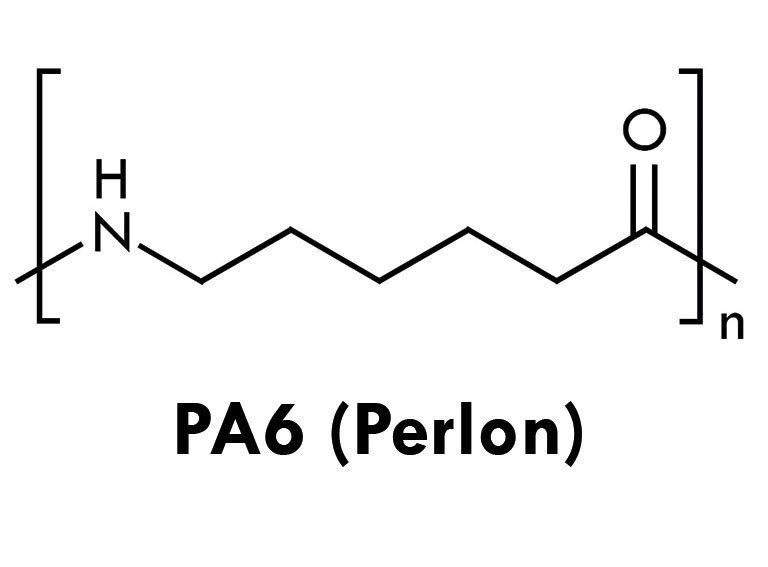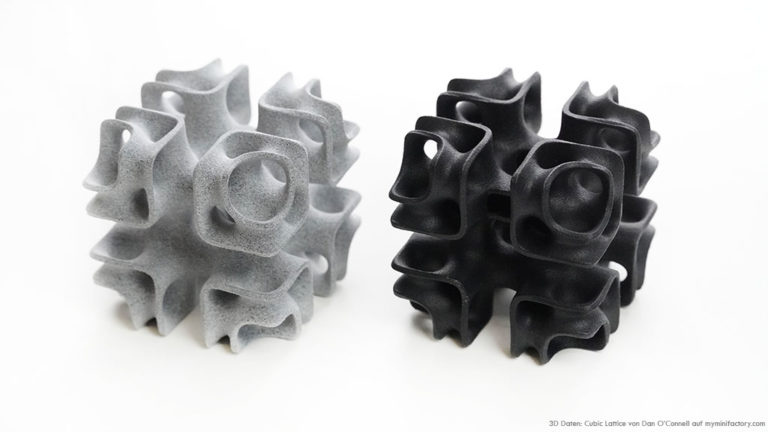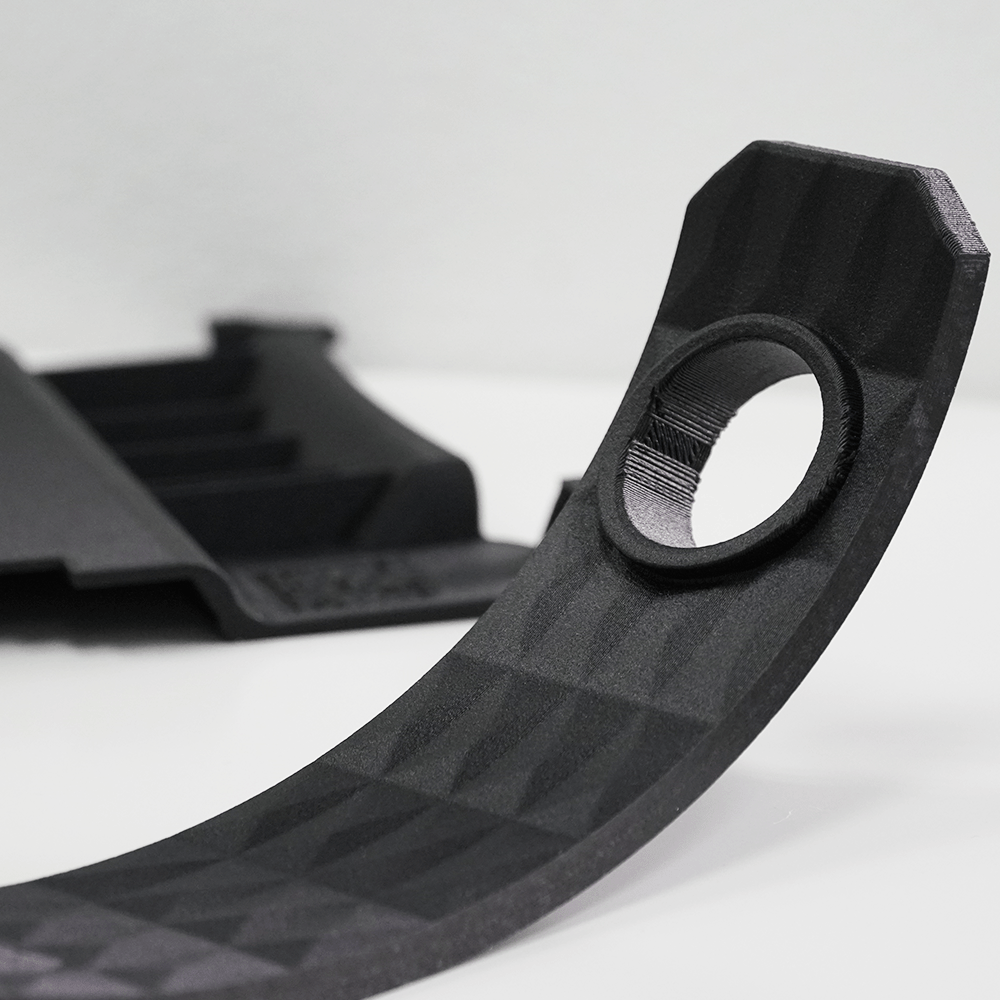Polyamides in 3D printing
All-round plastics with outstanding properties
Polyamides are probably known to most under the brand names nylon (PA6.6) or perlon (PA6) as components of clothing. But polyamides are not only used in the textile industry. They are generally among the best known and most widely used plastics. Polyamides are also of outstanding importance in 3D printing. With this article we want to give you an overview of what polyamides are, where they are used and how they are applied specifically in additive manufacturing.

What are polyamides?
Polyamides, also known by the abbreviation PA, were first developed in the USA in the 1930s by chemist Wallace Hume Carothers as "nylon" and are thus among the oldest thermoplastics. Thermoplastics are plastics that can be easily deformed by applying heat. This process is reversible, meaning that by cooling and reheating to the molten state, the material can be plastically deformed as often as desired.
Chemically, polyamides are very long molecular chains composed of repeating building blocks called monomers. Polyamides are characterized by the periodically recurring amide bonds (-CO-NH-) in the molecule, which chain the monomers together. The monomers used are mainly aminocarboxylic acids, lactams, diamines or dicarboxylic acids. The respective monomers also determine the properties of the individual polyamide. In addition, a different number of carbon atoms is present in the starting monomers for each of the different polyamides. The respective number, in addition to the abbreviation PA, also gives the name of the individual materials.

Where are polyamides used?
Polyamides are generally characterized by good mechanical, chemical and thermal resistance. They are also easy to machine and have a low density. As a result, they combine important properties that are repeatedly required in industry and commerce and have therefore become widely used in these areas in recent years.
One of the main applications of polyamides is in the automotive industry. Here they are particularly interesting due to their elasticity and tear resistance, high strength and stiffness, as well as their resistance to many chemicals, oils and fuels. Thanks to their low weight, polyamide parts are already replacing many metal components. In the engine compartment, parts made of glass fiber-reinforced polyamides are also frequently used, as these are characterized by even greater rigidity and better chemical resistance than non-reinforced plastics.
Another area of application for polyamides is the electronics industry. There, the plastics are mainly used for housings and for the insulation of electronic components, as they have a high electrical insulation and tracking resistance. Since polyamides can also be made electrically conductive through the addition of graphite or metal, there are additional areas of application in this field.
In addition, polyamides are also used in precision engineering for the production of gears, rollers or screws. And they are also used as a material for filter fabrics, such as those required in laboratory and analysis technology.
Our polyamides for 3D printing
In 3D printing, polyamides are used both as filaments for the FDM process and as powders in powder bed-based processes such as HP Multi Jet Fusion (HP MJF) or Selective Laser Sintering (SLS).
For HP MJF and the SLS process, PA12 is primarily used. This material is considered a true "all-rounder" in additive manufacturing due to its balanced property profile, coupled with very good dimensional stability. Due to its high stability and impact resistance, the material is ideally suited for functional components and prototypes. It also features good UV, chemical and temperature resistance.
For the HP MJF process, we also offer you the option of selecting either PA12 GB or PA11 for your components in addition to PA12. PA12 GB is PA12, which consists of 40% glass beads. As a result, the material offers high rigidity and dimensional stability and is ideally suited, for example, for covers, housings, fasteners and tools.
PA11 is based 100% on renewable raw materials and has a higher toughness than PA12. The material is also characterized by the fact that it tears rather than splinters when force is applied, which is a decisive safety factor, especially in the automotive industry. We have summarized a more detailed overview of the differences between PA11 and PA12 for you in a separate article.

For the FDM process, we offer you various PA6 filaments reinforced with either carbon or glass fibers. These filaments have been specially designed for 3D printing and thus have very good mechanical properties that are otherwise only achieved in injection molding.
The additional fiber filler content ensures, for example, that shrinkage is minimized, which largely reduces warpage. The materials also have good heat and media resistance as well as very high strength and stiffness. The latter increases with higher filler content of the fibers. However, it should be noted that with thin walls this can quickly lead to breakage. With regard to the surfaces, the filaments can convince with a uniform structure.
An overview of our polyamide materials as well as all our other materials and the corresponding data sheets can be found on our materials page.